Hello again, my name is Lulu Pumayalli and I am interning at the Coastal Marine Institute Laboratory (CMIL) in San Diego, California. As I mentioned in last week’s blog, I was mainly working with lobsters and sea urchins but this week I have started a project with other lab members from CMIL that will last until I’m done with my internship. In this project, I am going to be studying the way that a kind of algae called Ulva Lactuca or Sea Lettuce absorbs anthropogenic pollutants from aquatic environments. In this experiment, we are going to be using 81 tanks filled with different amounts of Ulva Lactuca and adding a concentrated solution that is a mix of water and fertilizer to the tanks. We are going to be adding a small portion of the diluted fertilizer to 27 tanks, a higher portion to another 27 and we won’t be adding any fertilizer to the other 27 to use as a control group. Out of the 3 groups of 27 tanks, they will each be divided by 3 again to have different biomasses of the Ulva Lactuca and replicating each tank 3 times to have more accurate data. We are doing this experiment to study how the Ulva Lactuca absorbs anthropogenic pollutants to hopefully use this as a way to improve water quality along the coast and other polluted waterways.
This week we spent most of the time getting ready to run the experiment by doing various tasks like cleaning around 100 tanks and their lids and connecting the tanks to oxygen pipes. (see picture #1) For this project, we also need to cut small 2-inch diameter circles out of healthy Ulva Lactuca that grows at CMIL using cylinder cutters to be able to get precise measurements when adding the Ulva Lactuca to the tanks. (see pictures #2 and #3) This task takes a long time since we have to cut each individual circle and we will need thousands of these circles for the experiment. The time I didn’t spend on this project, I was drying seaweed from previous experiments at CMIL and grinding them. I had to get dried seaweed, crush it into powder, and put them in small sample containers. (see pictures #4 and #5) These samples will be sent to the San Diego State University campus which has a machine that can analyze what kinds of nutrients and/or heavy metals are in the seaweed.
On Monday, Didi and I accompanied other lab members to collect Asian mussels from Fiesta Island for a project studying how Asian mussels, which are an invasive species, affect environments along the coast. (see picture #6) We collected around 400 and later on we cleaned them since we collected them in clumps and they were displaced in different places along the coast. This week, Didi and I tried to maximize our free time after working at the lab and on the weekend. After working at CMIL and going to Fiesta Island on Monday, Didi and I went to a mall that had many more shops than on Mainstreet at Telluride. On Wednesday afternoon, we drove to La Jolla and walked down many stairs to go to a cave. (see picture #7) That same afternoon, we went to the Ocean Beach farmer’s market to walk around and we bought vegan ice cream which was out of this world. Lastly, on Saturday Jadin Scott, another Pintern from Telluride who is also living in San Diego for her internship, Didi and I all hung out. We started by walking to a beach that was only accessible on a low tide or through a rope. On our way there we walked along the side of the cliffs which took around 40 minutes so on the way back we decided to just climb the rope which took us to a cool swing. After this, we went to the San Diego County Fair then back to the beach. (see picture #8) Overall, this week has been amazing and I loved starting the experiment which we are hoping to run next week. I’m looking forward to sharing more next week.

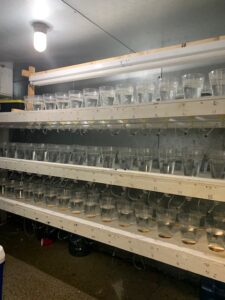
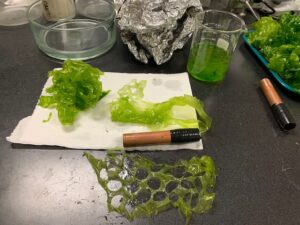
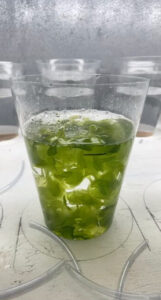
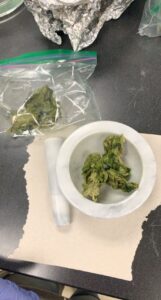
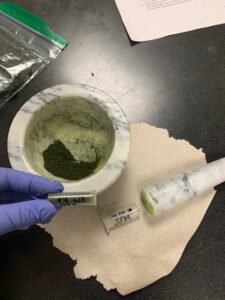
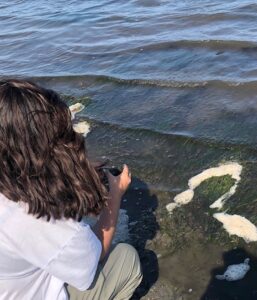
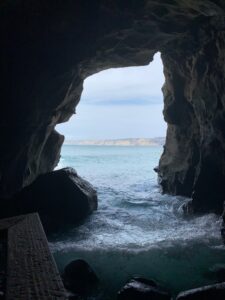
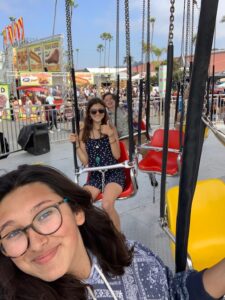
There are no comments published yet.